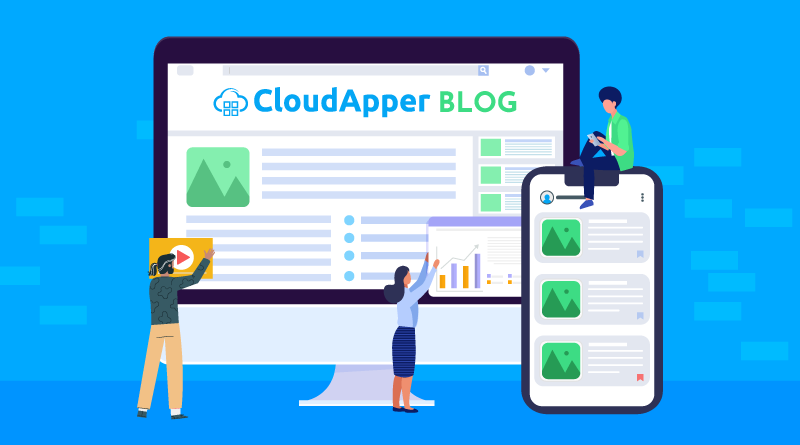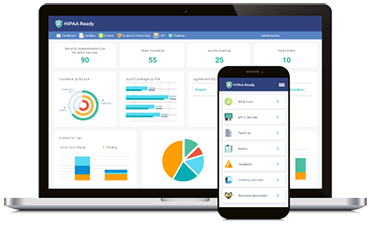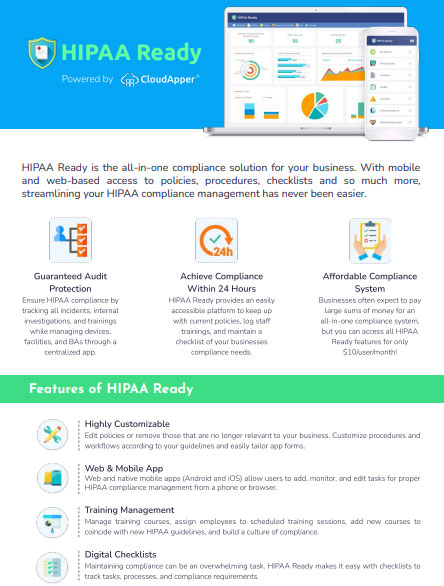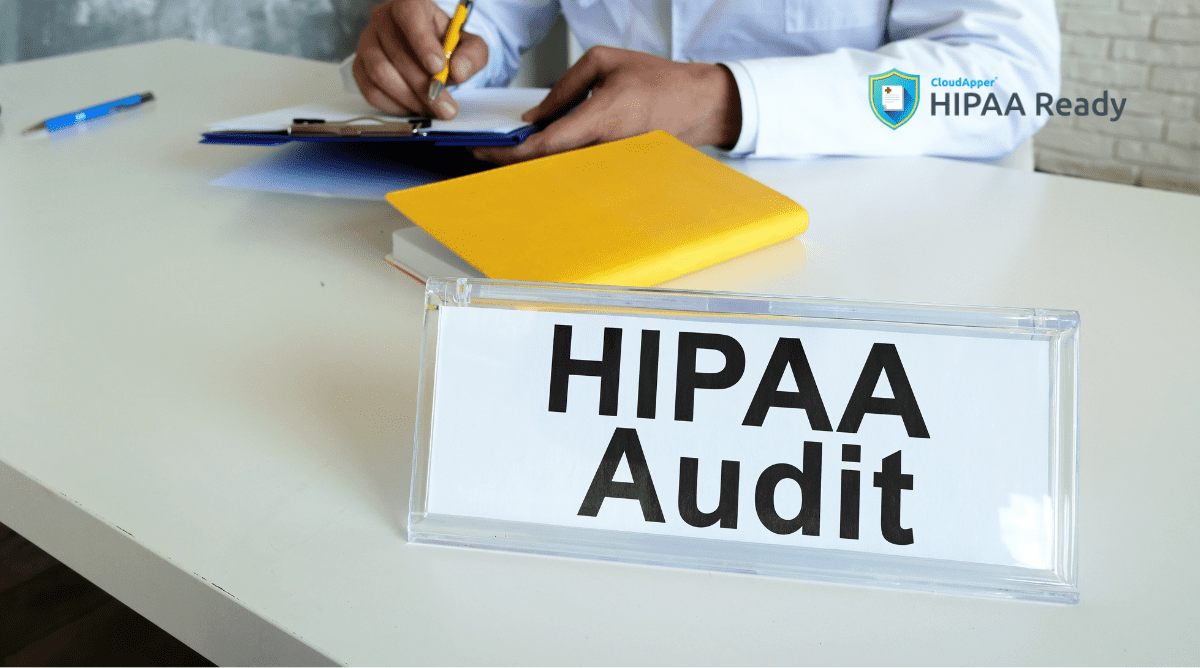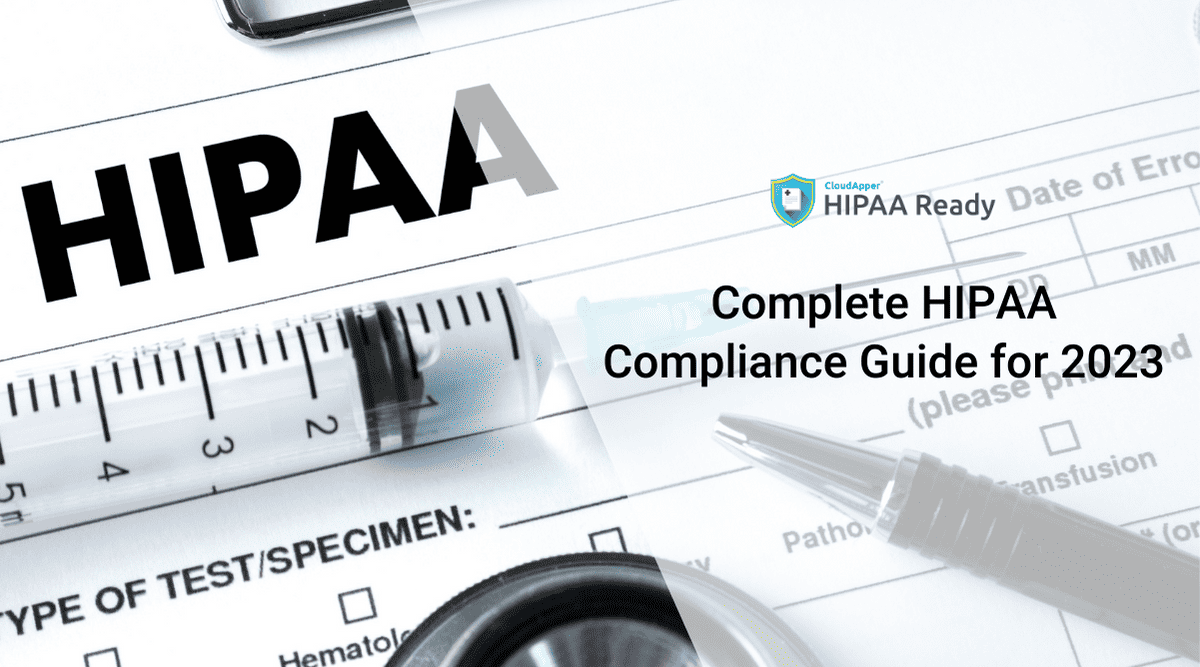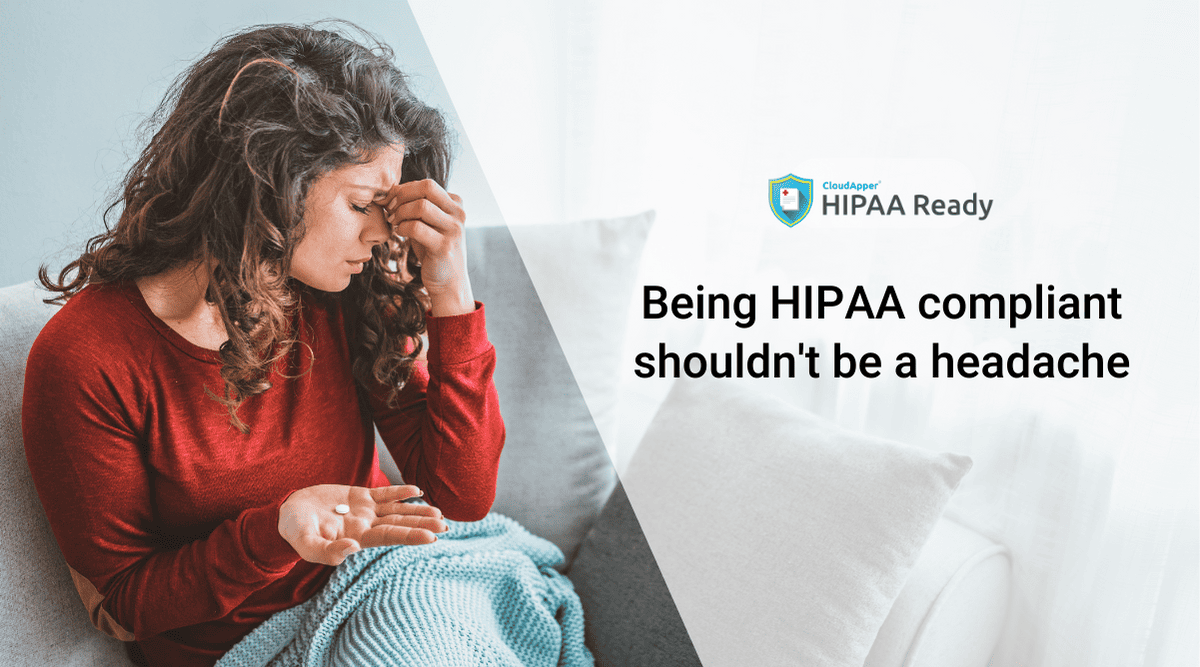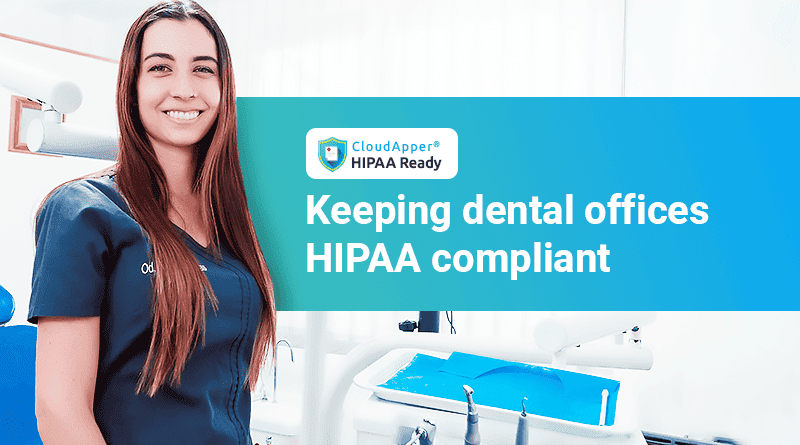To understand this question we need to understand the purpose and the importance of the law known as HIPAA. The Health Insurance Portability and Accountability Act (HIPAA) was primarily established to address one particular issue: insurance coverage for workers who switch or leave jobs. Without HIPAA, workers could not transfer insurance coverage when they were between jobs.
HIPAA is now best known for protecting the privacy and health information of the patients. It ensures that all Protected Health Information (PHI) is appropriately secured and restricts access to health data to authorized individuals only, thus, preventing healthcare frauds. It covers how healthcare providers and business associates should handle patients’ sensitive data and protect their health information, and sets the benchmark that is needed to ensure PHI is being stored, handled, and accessed correctly at all times.
HIPAA compliance simply means that the HIPAA-covered entities and business associates are following the sets of rules and regulations set out by law. HIPAA compliance should be a continuous process where the program must be properly developed, monitored, and maintained. By following the rules that HIPAA mandates, organizations can better protect a patient’s information and their privacy as well as the physical spaces and devices that contain PHI.
The requirements for HIPAA compliance:
This checklist provides a baseline for processes that an organization should be following to maintain compliance:
- Performing Self-Audits
- Having a remediation plan in place
- Developing and implementing policies, procedures, and employee training
- Documentation
- Business Associate Management
- Incident Management
Check out the complete guideline on the requirements of HIPAA compliance.

